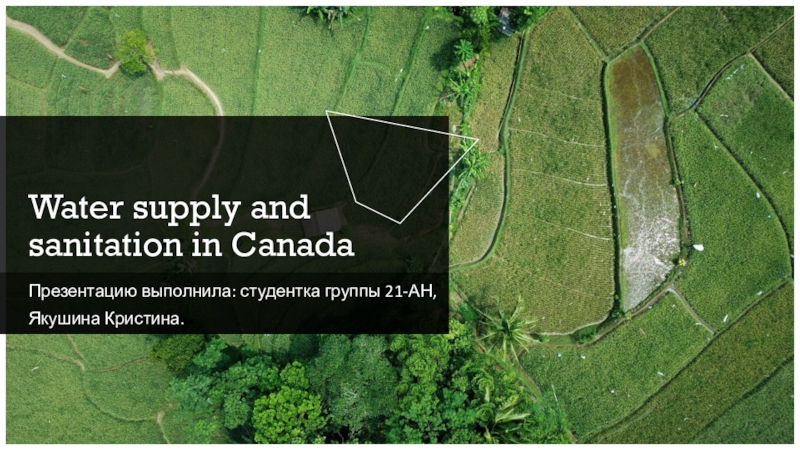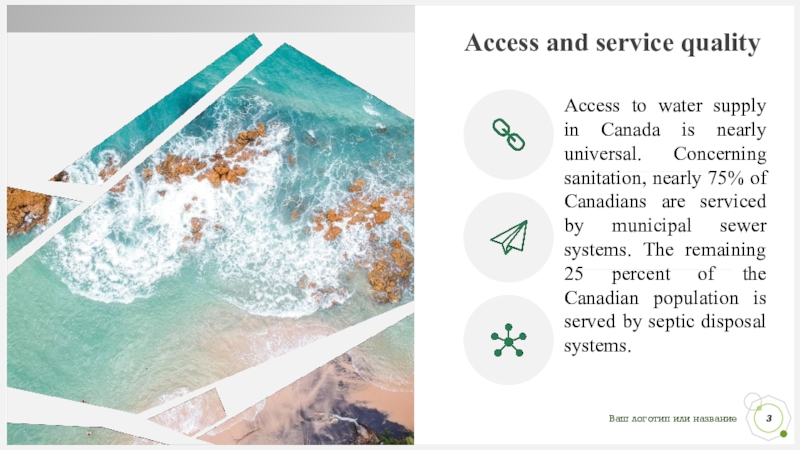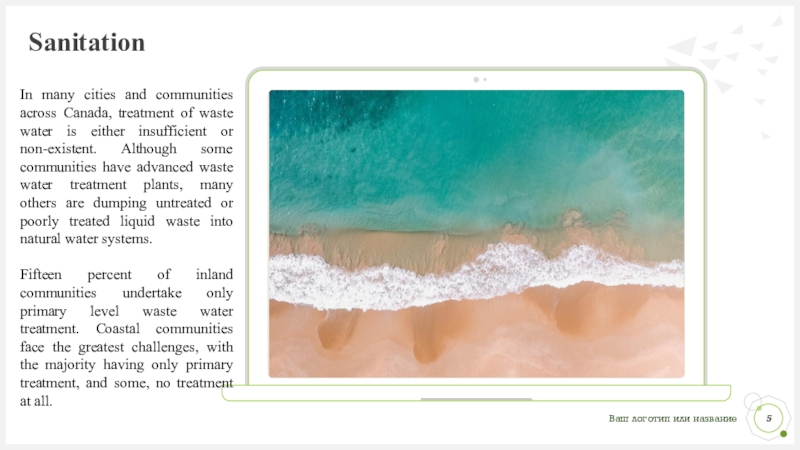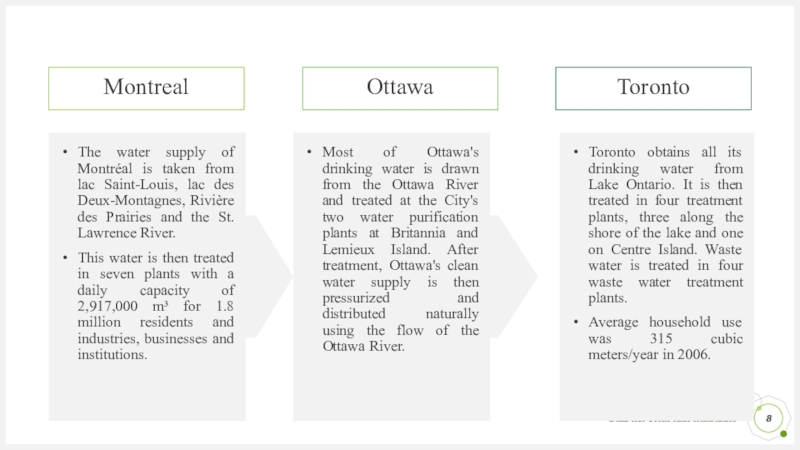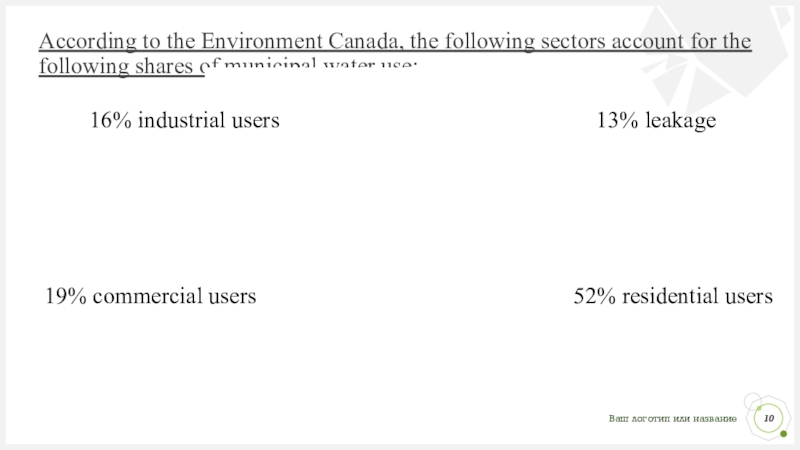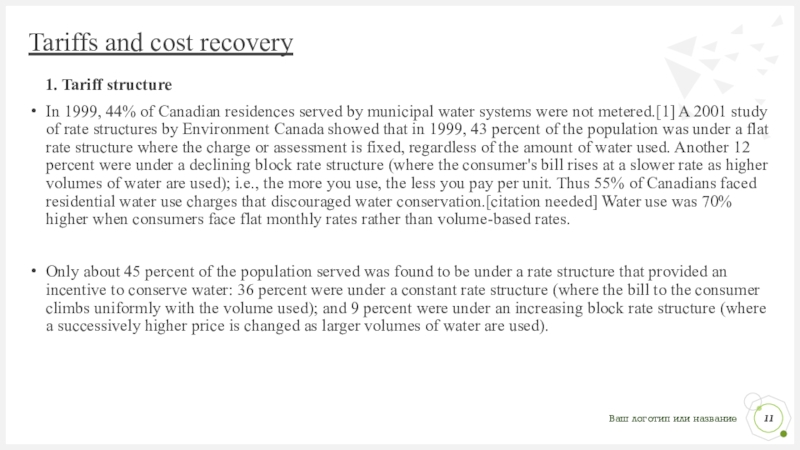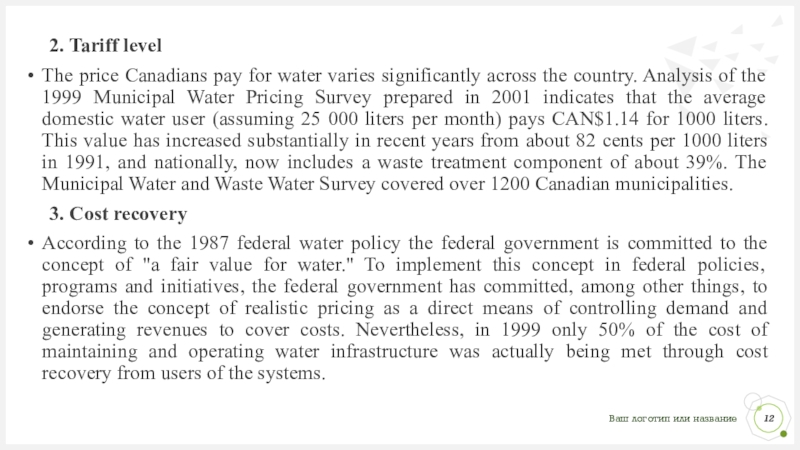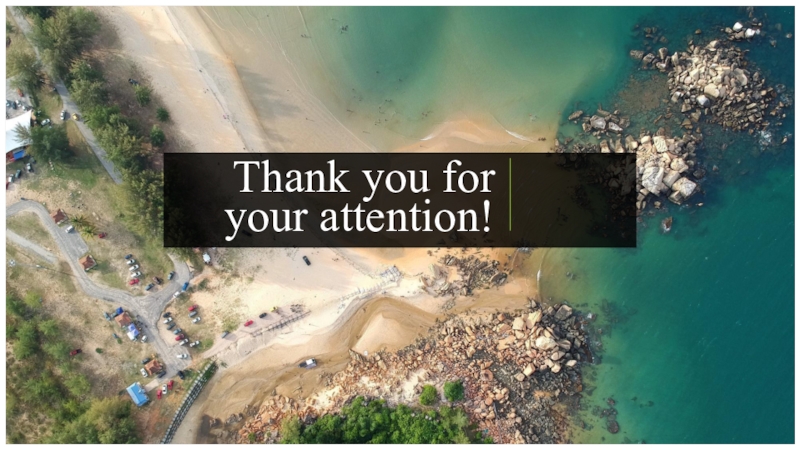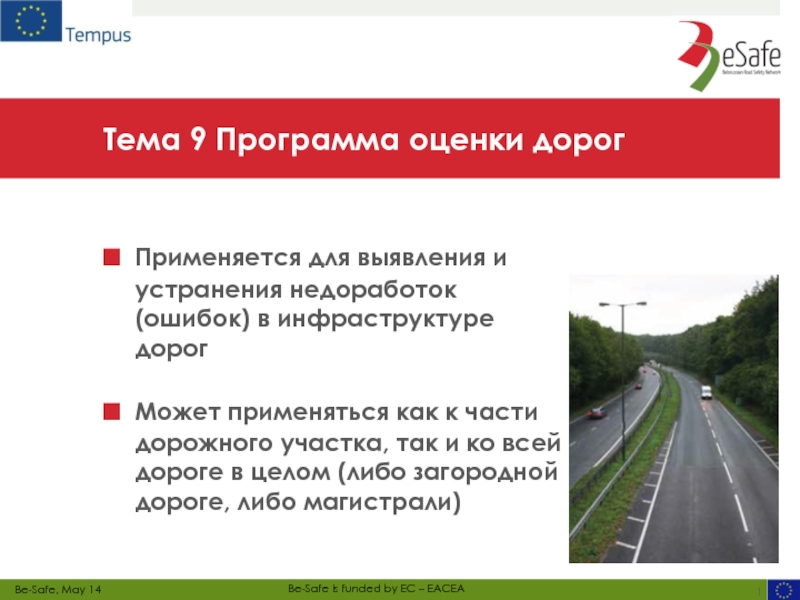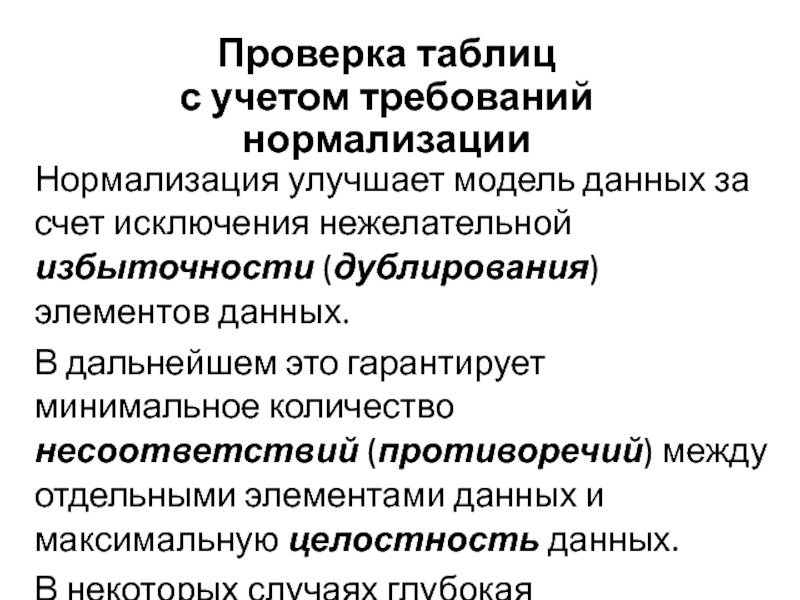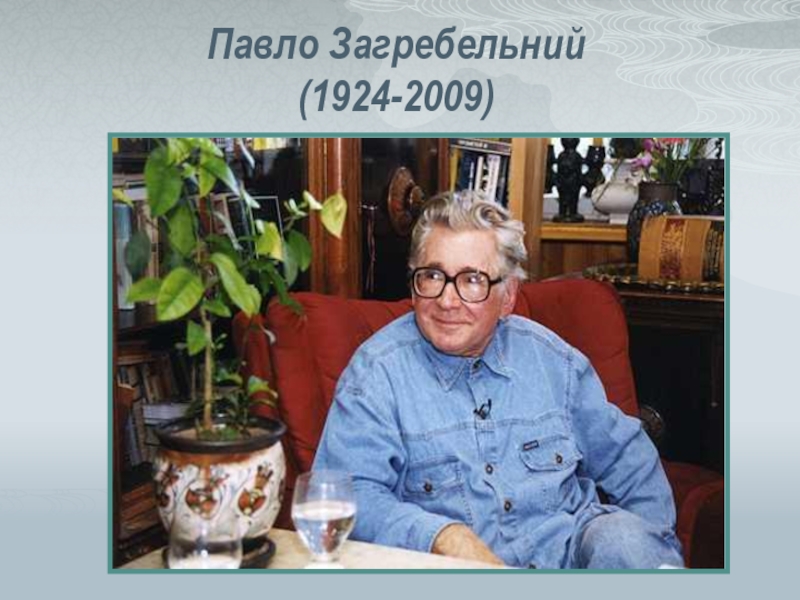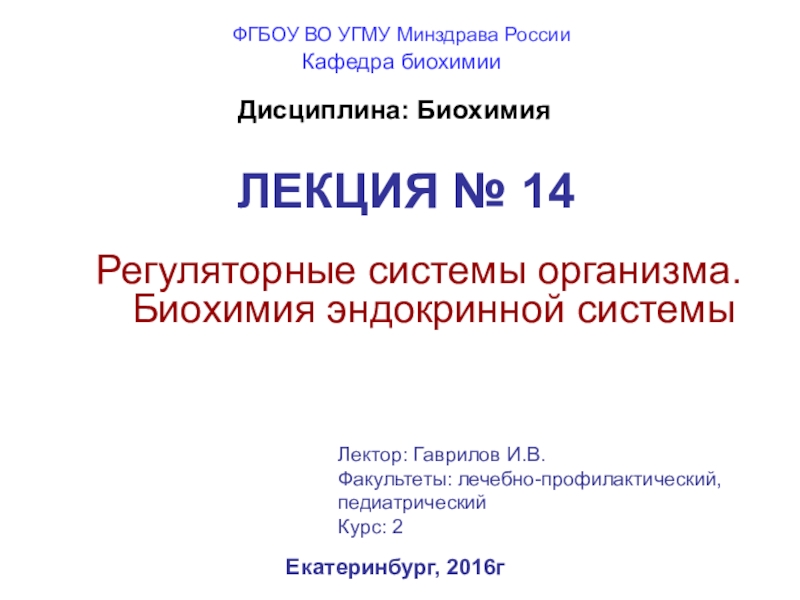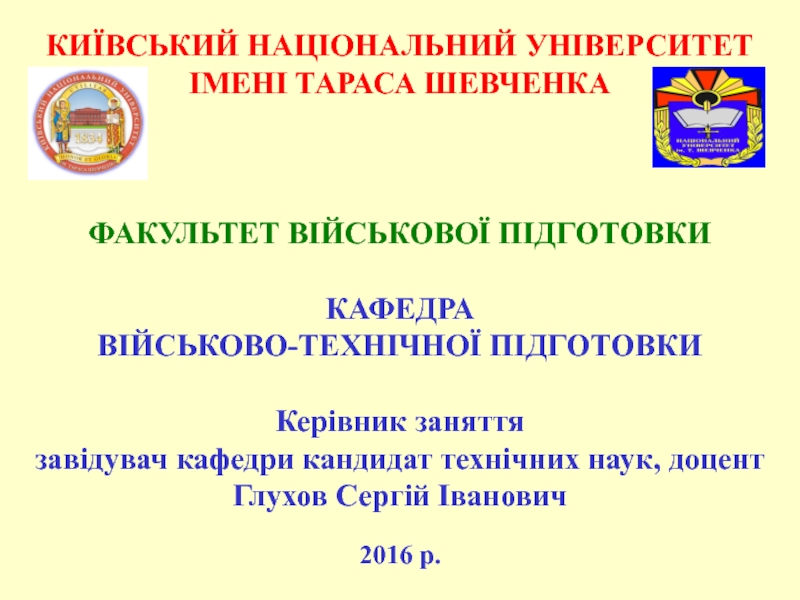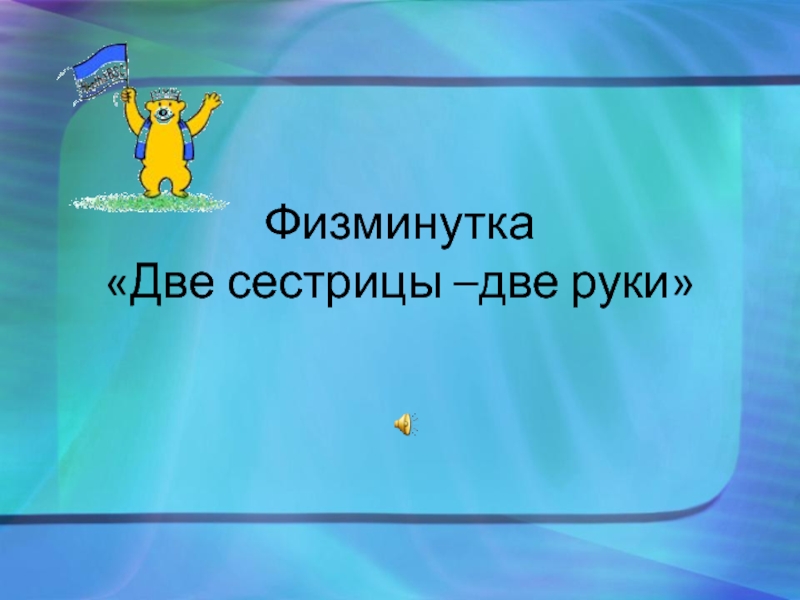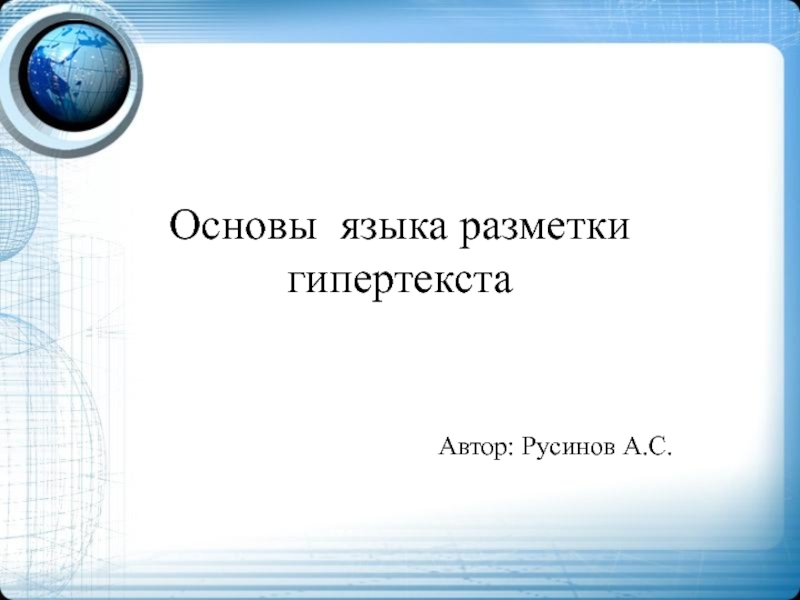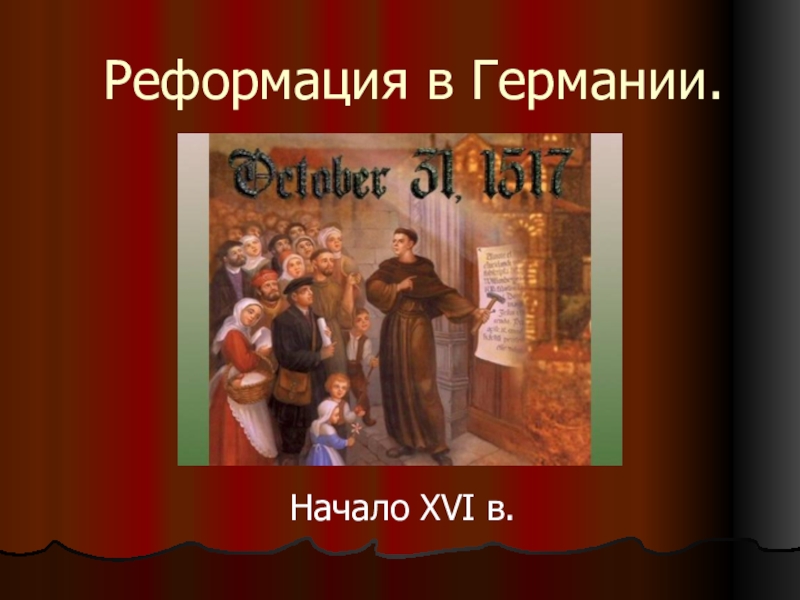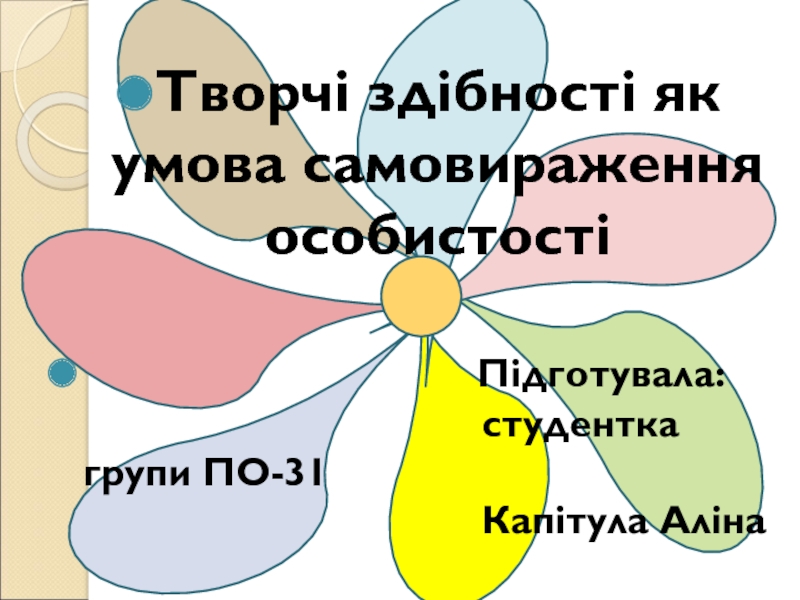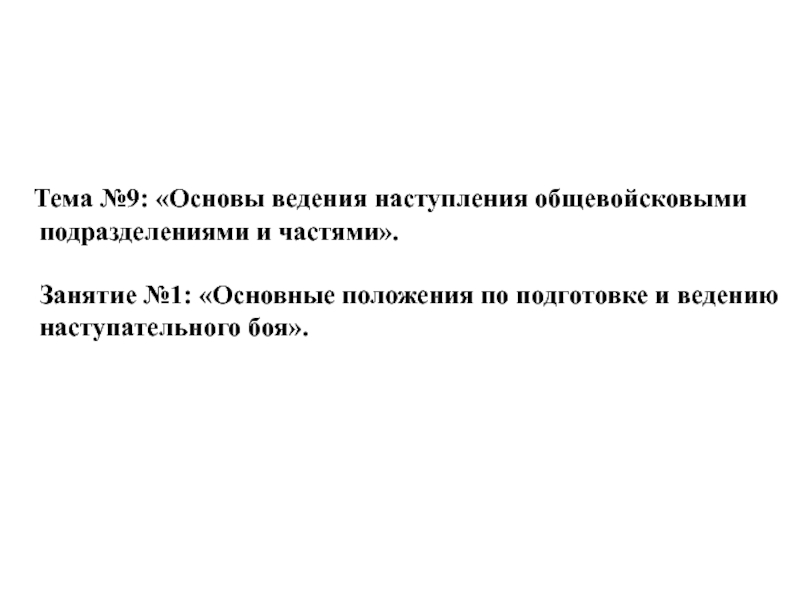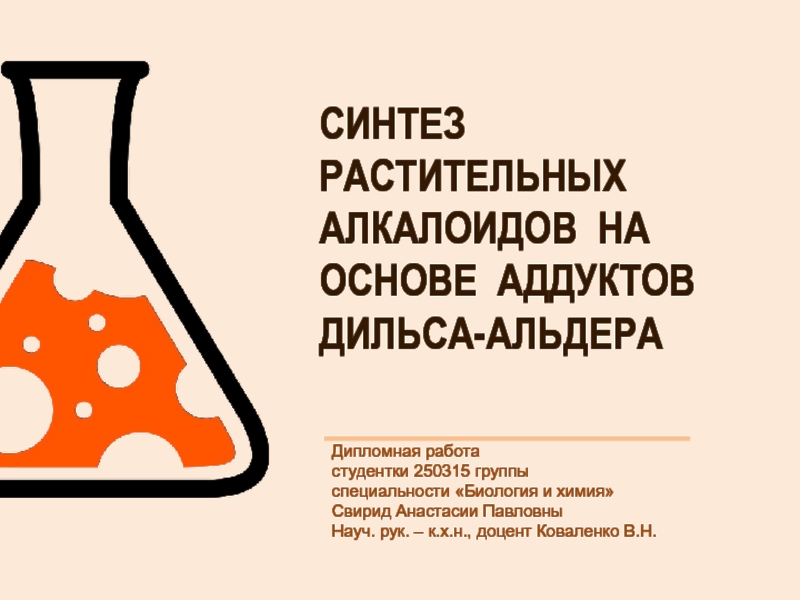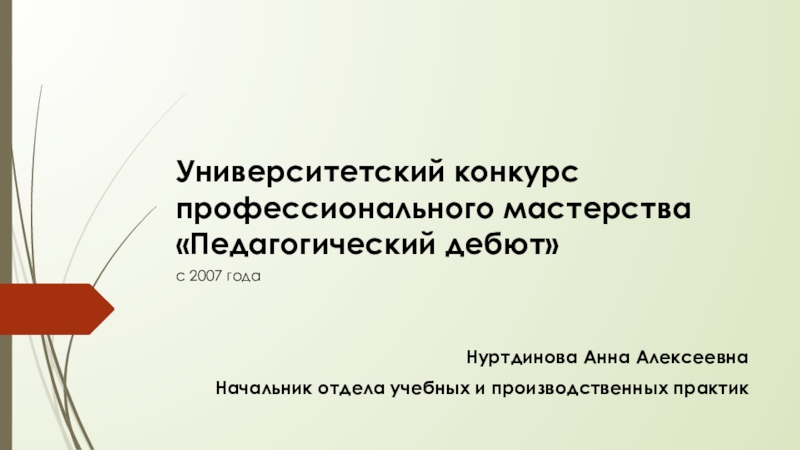Разделы презентаций
- Разное
- Английский язык
- Астрономия
- Алгебра
- Биология
- География
- Геометрия
- Детские презентации
- Информатика
- История
- Литература
- Математика
- Медицина
- Менеджмент
- Музыка
- МХК
- Немецкий язык
- ОБЖ
- Обществознание
- Окружающий мир
- Педагогика
- Русский язык
- Технология
- Физика
- Философия
- Химия
- Шаблоны, картинки для презентаций
- Экология
- Экономика
- Юриспруденция
Water supply and sanitation in Canada
Содержание
- 1. Water supply and sanitation in Canada
- 2. Water supply and sanitation in CanadaWater supply
- 3. Access and service qualityAccess to water supply
- 4. Service qualityWater supply.Canada is surrounded on three
- 5. SanitationIn many cities and communities across Canada,
- 6. And even when there is adequate waste
- 7. Link to water resources. While
- 8. MontrealThe water supply of Montréal is taken
- 9. Water useResidential consumers in Canada used 343
- 10. According to the Environment Canada, the following
- 11. 1. Tariff structureIn 1999, 44%
- 12. 2. Tariff levelThe price
- 13. Thank you for your attention!
- 14. Скачать презентанцию
Слайды и текст этой презентации
Слайд 1Water supply and sanitation in Canada
Презентацию выполнила: студентка группы 21-АН,
Якушина
Кристина.
Слайд 2Water supply and sanitation in Canada
Water supply and sanitation in
Canada is nearly universal and generally of good quality, but
a lack of clean drinking water in many First Nations communities remains a problem. Water use in Canada is high compared to Europe, since water tariffs are low and 44% of users are not metered.Despite a commitment by the federal government to promote increased cost recovery, only 50% of the cost of maintaining and operating water infrastructure is actually being recovered from users through tariffs, the rest being financed through taxes.
Слайд 3Access and service quality
Access to water supply in Canada is
nearly universal. Concerning sanitation, nearly 75% of Canadians are serviced
by municipal sewer systems. The remaining 25 percent of the Canadian population is served by septic disposal systems.Слайд 4Service quality
Water supply.
Canada is surrounded on three sides by the
Pacific, Arctic and Atlantic oceans and has over 243,000 km
of coastline. This, combined with the characteristics of Canada's topography and climate, results in abundant freshwater resources.Canadian drinking water supplies in cities are generally of excellent quality and supply is continuous. On occasion, however, despite the best efforts of water suppliers and in some cases for reasons beyond their control, municipal water supplies can become contaminated either chemically or biologically. If this occurs, residents typically are advised to take precautionary measures, such as boiling water before consuming it.
In an average year, some 500 boil water advisories normally of 3 to 4 day duration, are issued in respect to municipal water supply services, often following severe environmental conditions affecting the quality of the water supply source.
An unusually extreme case of poor water quality has been the Walkerton Tragedy, a series of events that accompanied the contamination of the water supply of Walkerton, Ontario, by E. coli bacteria in 2000. In 2001 a similar outbreak in North Battleford, Saskatchewan caused by the protozoan Cryptosporidium affected at least 5,800 people.
Water supply on First Nations reserves.
Canadian drinking water supplies on First Nations land is substandard in many locations and has been for many years.
Слайд 5Sanitation
In many cities and communities across Canada, treatment of waste
water is either insufficient or non-existent. Although some communities have
advanced waste water treatment plants, many others are dumping untreated or poorly treated liquid waste into natural water systems.Fifteen percent of inland communities undertake only primary level waste water treatment. Coastal communities face the greatest challenges, with the majority having only primary treatment, and some, no treatment at all.
Слайд 6And even when there is adequate waste water treatment, storm
water can cause the sewer system to overflow, allowing raw
sewage to spill directly into rivers, lakes, and oceans.In 1999, 97% of the Canadian population on sewers received some form of waste water treatment. The remaining 3% of Canadians served by sewage collection systems were not connected to waste water treatment facilities in 1999 and discharged their untreated sewage directly into receiving water bodies.
Слайд 7Link to water resources.
While Canada has significant
fresh water reserves (9% of the world's renewable freshwater), this
water is not always available where needed. With 85% of the population living along the southern border with the United States and most of the country's fresh water draining to the north it is not surprising that those drainage basins with higher freshwater use-to-availability ratios are also located in southern Canada.The drainage area of greatest concern is the South Saskatchewan, Missouri and Assiniboine-Red area. Flows in the South Saskatchewan are fully allocated and predictions of glacial retreat and reduced winter snow coverage due to global warming may significantly impact a river system that relies on glacial and snow melt for most of its summer flows.
Municipal water supply accounts for 12% of water use in Canada. The other main water users are cooling water for power generation (64%), manufacturing (14%) and agriculture (9%).
Слайд 8Montreal
The water supply of Montréal is taken from lac Saint-Louis,
lac des Deux-Montagnes, Rivière des Prairies and the St. Lawrence
River.This water is then treated in seven plants with a daily capacity of 2,917,000 m³ for 1.8 million residents and industries, businesses and institutions.
Ottawa
Most of Ottawa's drinking water is drawn from the Ottawa River and treated at the City's two water purification plants at Britannia and Lemieux Island. After treatment, Ottawa's clean water supply is then pressurized and distributed naturally using the flow of the Ottawa River.
Toronto
Toronto obtains all its drinking water from Lake Ontario. It is then treated in four treatment plants, three along the shore of the lake and one on Centre Island. Waste water is treated in four waste water treatment plants.
Average household use was 315 cubic meters/year in 2006.
Слайд 9Water use
Residential consumers in Canada used 343 litres per person
per day, or roughly twice as much per person as
in other industrialized countries, with the exception of the United States and Australia. According to one source water use in Montreal, where there is little metering, is particularly high at 1,287 liter per person per day in 1999.Слайд 10According to the Environment Canada, the following sectors account for
the following shares of municipal water use:
13% leakage
16% industrial users
19%
commercial users52% residential users
Слайд 11 1. Tariff structure
In 1999, 44% of Canadian residences
served by municipal water systems were not metered.[1] A 2001
study of rate structures by Environment Canada showed that in 1999, 43 percent of the population was under a flat rate structure where the charge or assessment is fixed, regardless of the amount of water used. Another 12 percent were under a declining block rate structure (where the consumer's bill rises at a slower rate as higher volumes of water are used); i.e., the more you use, the less you pay per unit. Thus 55% of Canadians faced residential water use charges that discouraged water conservation.[citation needed] Water use was 70% higher when consumers face flat monthly rates rather than volume-based rates.Only about 45 percent of the population served was found to be under a rate structure that provided an incentive to conserve water: 36 percent were under a constant rate structure (where the bill to the consumer climbs uniformly with the volume used); and 9 percent were under an increasing block rate structure (where a successively higher price is changed as larger volumes of water are used).
Tariffs and cost recovery
Слайд 12 2. Tariff level
The price Canadians pay for
water varies significantly across the country. Analysis of the 1999
Municipal Water Pricing Survey prepared in 2001 indicates that the average domestic water user (assuming 25 000 liters per month) pays CAN$1.14 for 1000 liters. This value has increased substantially in recent years from about 82 cents per 1000 liters in 1991, and nationally, now includes a waste treatment component of about 39%. The Municipal Water and Waste Water Survey covered over 1200 Canadian municipalities.3. Cost recovery
According to the 1987 federal water policy the federal government is committed to the concept of "a fair value for water." To implement this concept in federal policies, programs and initiatives, the federal government has committed, among other things, to endorse the concept of realistic pricing as a direct means of controlling demand and generating revenues to cover costs. Nevertheless, in 1999 only 50% of the cost of maintaining and operating water infrastructure was actually being met through cost recovery from users of the systems.
